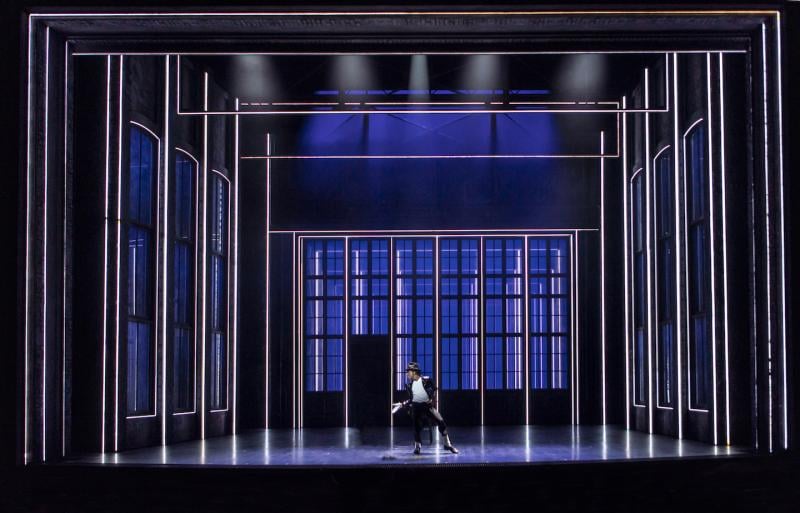Michael Jackson’s hits keep coming in MJ: The Musical, a hot show on Broadway this season, created by Tony Award-winning choreographer Christopher Wheeldon and two-time Pulitzer Prize winner Lynn Nottage. The all-star creative team includes scenic design by two-time Tony Award winner and two-time Emmy Award winner Derek McLane, lighting design by six-time Tony Award winner Natasha Katz, costume design by Tony and Emmy Award winner Paul Tazewell, sound design by two-time Tony Award nominee Gareth Owen, and projection design by two-time Tony Award nominee Peter Nigrini. All of the MJ designers are nominated for this year's Tony Awards, which take place on June 12, 2022.
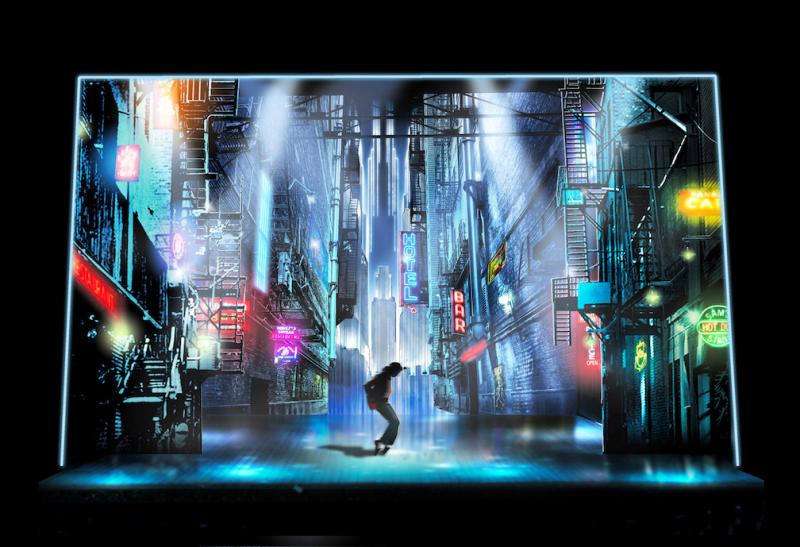
Set in Los Angeles in 1992, when Jackson was preparing for his Dangerous tour, the jukebox musical takes place in a rehearsal room designed to look like a large brick and metal industrial warehouse with a bank of windows to let in light and allow the set to move. “The set is all about transformation,” notes McLane. “The rehearsal moments lead to flashbacks and fantasies, from Michael's childhood and family moments to a hotel room, with performance segments, from a bar early on to seminal moments at the Apollo Theatre in Harlem, Studio 54, or on the Ed Sullivan Show.”
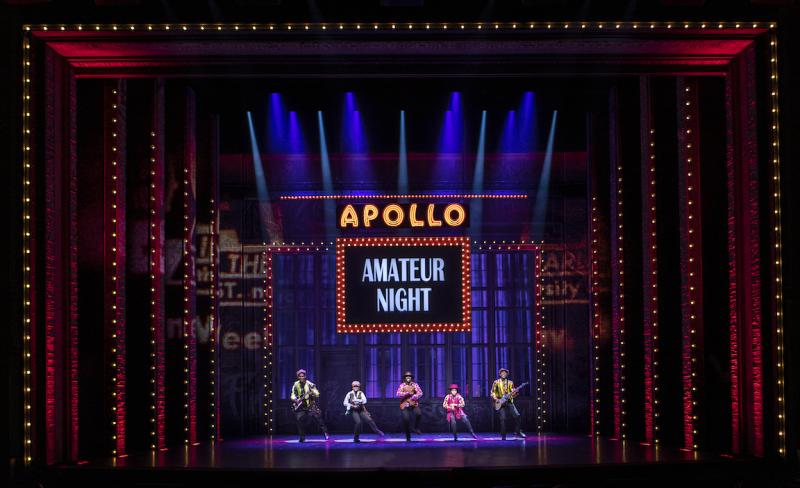
The scenic transitions, which go hand in hand with the lighting cues, involve the many windows on the sides and upstage wall of the set. The side windows measure 30 feet tall by four feet wide, and pivot to open. As McLane explains: “The side windows can disappear, flipping open to create wings.” The upstage wall of windows stands 20 feet high and 27 feet wide and splits in the center to move on and off the stage fluidly on an automated track, using PRG’s Stage Command System. “The windows dissolve in and out of the rehearsal room as the action moves to other locations. The windows move back into place, recreating the rehearsal room throughout the show,” adds McLane. The windows are made of real glass with frost treatment to serve as a proper surface for rear projection.
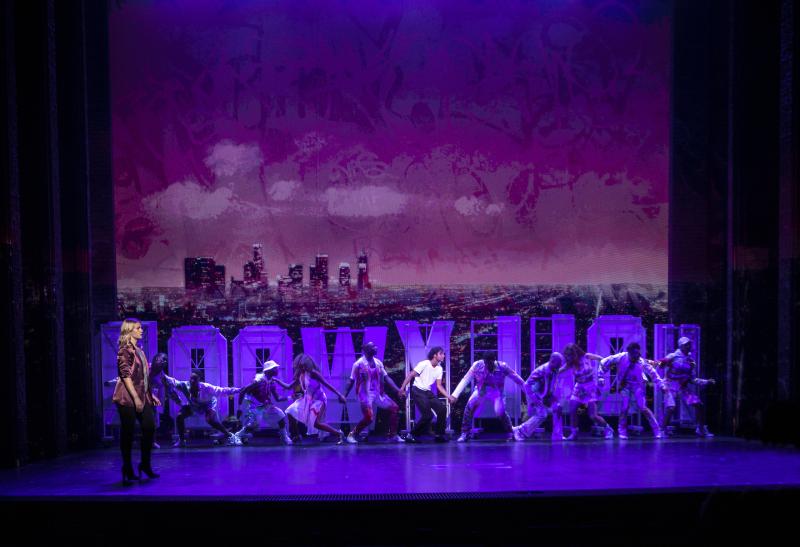
Some of the scenic pieces, such as neon signs, fly in, and other pieces are moved by the actors on stage, including seven 3.5’-wide x 8’-tall mirrored panels, provided by PRG, which provide flexibility to the sets. “It is all choreographed by Christopher so that the movement of the scenery complements his own choreographic ballet and MJ’s dancing.” The reverse sides of the mirrors transport the action to locations ranging from Michael's childhood bedroom to a Motown recording studio. There are also the fantasy moments, in Michael’s mind— his memories and his dreams, such as “They Don’t Care About Us,” Jackson’s 1995 protest song, where a press conference goes wrong. “The sound design includes shards of broken glass from TVs, then Peter projects on those, as if they are shattered video screens that still work,” as McLane points out.
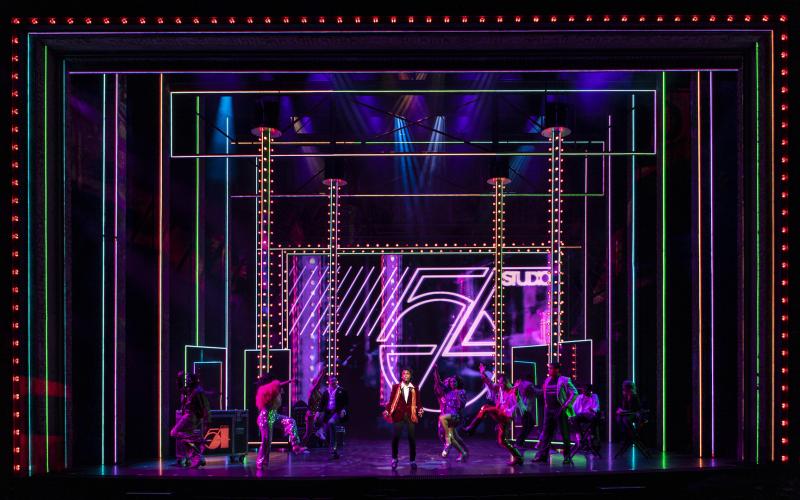
A successful design collaboration—with PRG providing the scenic, lighting, and automation for this jukebox-style musical—in which McLane and Natasha Katz worked together to cleverly hide lots of lights in the set, including QolorFLEX NuNeon. One of the ways to help with the continual transformation of the scenes from location to location as backdrops for Michael Jackson’s iconic musical numbers.
